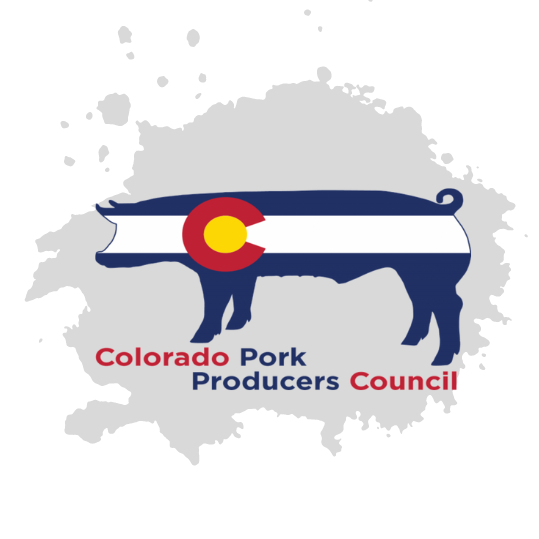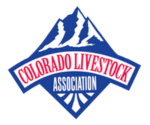Pork Info
Pork Facts
Did You Know?
The pork industry is a major part of America’s agriculture sector.
Nationwide, more than 60,000 pork producers annually market more than 115 million hogs. On average, these animals provided total gross income of more than $20 billion.
The pork industry supports about 550,000 jobs.
These jobs range from pork producers and meat processors to transport and Main Street businesses.
Pork production has an estimated $23.4 billion of gross output.
This activity is linked directly to states’ hog slaughtering and processing sectors. Sales from these sectors support additional input purchases, spending on transportation, and other services, as well as consumer-related purchases worth nearly $122 billion.
Exports of pork and pork-related products total over 2.2 million metric tons annually.
This number represents more than 26 percent of U.S. production, and these exports add more than $62 to the value of each hog marketed. Exports supported around 110,000 jobs in the U.S. pork and allied industries.
Pork is the world’s most consumed meat.
As popular as pork is in America, it is not the United States, but Serbia (2017 USDA data) who is the largest consumer of per capita pork consumption. Followed by the EU at number 3 and China at number 4.
Today’s pork is now leaner than the pork your parents grew up with.
Today, pork is 75 percent leaner than in the 1950s. Pork producers have met consumer demand for leaner, more nutritious sources of protein by using new practices and better feed. The result? On average, the six most common cuts of pork are now 16 percent leaner than 19 years ago, and saturated fat has dropped 27 percent. Pork tenderloin — one of the most popular cuts of pork — has less fat and fewer calories than boneless, skinless chicken breast.
Animal agriculture in the U.S. is only responsible for 2.5 percent of total U.S. emissions.
Of that total, pork farmers were responsible for about one-third of 1 percent.
There are fewer farmers today than there were a generation ago.
Due to advances in technology and transportation, the proportion of the world’s population required to produce our food has decreased dramatically through the years. The decline has been even faster and more pronounced since the advent of the tractor. Furthermore, technological advances, improvements in pig health and newer farm management practices have allowed fewer people to care for the U.S. herd.
How “Uncle Sam” came to represent the U.S. Government.
During the War of 1812, a New York pork packer named Uncle Sam Wilson shipped a boatload of several hundred barrels of pork to U.S. troops. Because each barrel was stamped “U.S.” on the docks, it quickly became bantered about that the “U.S.” stood for “Uncle Sam,” whose large pork shipment looked to be enough to feed the entire army. Thus “Uncle Sam” came to represent the U.S. Government itself.
The origin of the word “barbecue.”
It’s derived from French-speaking pirates, who called this Caribbean pork feast “de barbe et queue”, which translates “from beard to tail.” In other words, the pig roast reflected the fact that the hog was an eminently versatile animal that could be consumed from head to toe.
It’s a slice of America.
Ham is the number one sandwich eaten in U.S. households.
How Wall Street got its name.
Free-roaming hogs were notorious for rampaging through the precious grain fields of colonial New York City farmers. The Manhattan Island residents chose to limit the forays of these riotous hogs by erecting a long, permanent wall on the northern edge of what is now Lower Manhattan. A street came to border this wall, aptly enough named Wall Street.
Hogs are powerful medicine.
Hogs are a source of insulin, heart valves, skin for burn victims and nearly 20 drugs and pharmaceuticals.
Producer Checkoff Resource
History

Producer Fact Sheets


Here for you!
Colorado Pork Producers Council
Colorado pork producers contribute significantly to the state’s economy and community by providing high-quality, locally-sourced pork, supporting local agriculture, and fostering job creation and sustainability.
Resources





